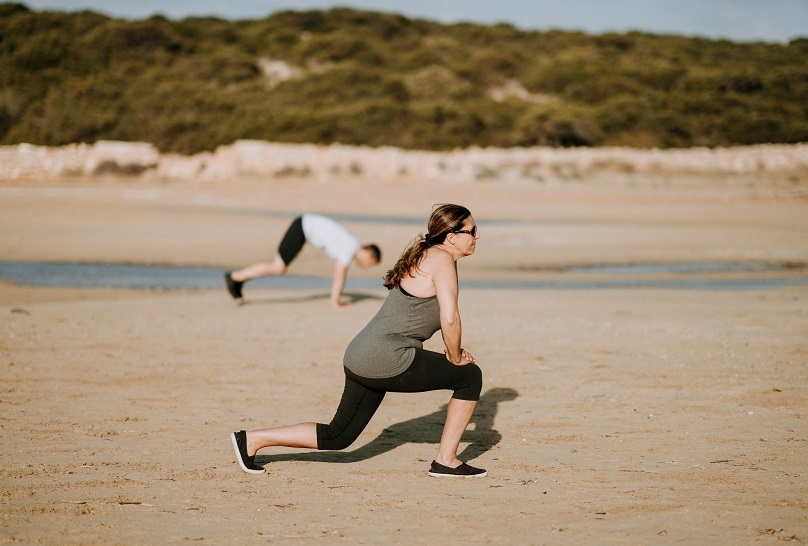The IHRSA Foundation, the charitable arm of IHRSA, has been busy organizing events and utilizing research to find a way to motivate the 60% of the population who do not exercise. One of the foundation’s projects, United We Rise, generated exciting research by strategic consultants ClearView Insights that applied some of the principles associated with Silicon Valley to the health club industry.
The research was led by an expert in the field of applied sciences, Daniel Krieglstein, Ph.D., executive director of behavioral design for ClearView Insights. A veteran of the tech industry himself, Krieglstein sat down with CBI to discuss behavioral design, the concept of reconnecting, and how it can help lead a “rallying cry” for the industry.
CBI: Explain what behavioral design is and how it applies to the fitness industry?
Daniel Krieglstein: Behavioral design started its journey in Silicon Valley as tech companies started to realize that a click, a purchase order—everything—is a behavior. They found these odd psychological quirks to the human brain. For instance, someone would clearly want a product, but then get to the checkout page and not check out, because there were too many barriers. So, they started talking to psychologists. For us, it was, how do you bring that to a fitness club?
CBI: What sort of methodology and data sets did you use?
Daniel Krieglstein: In building out this “rallying cry,” our team dug into the research to look for gaps specifically between proven benefits of physical activity and how people perceive them. A concept we use when analyzing this type of data is something called eROI: emotional return on investment. It’s a concept developed by my brother, Robin Krieglstein [CEO/founder, Live Neuron Labs]. It looks at every single behavioral choice and its barriers. You want to analyze the mental, physical, emotional, social, material, and temporal variables. Every executive function we have is more fickle and shaky than we like to think—things like memory, focus, decision-making, comprehension, and even forecasting.

